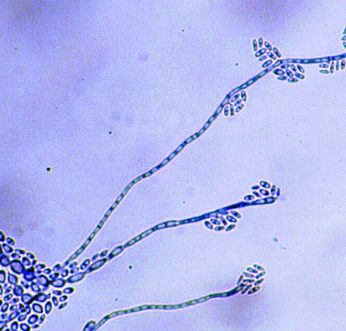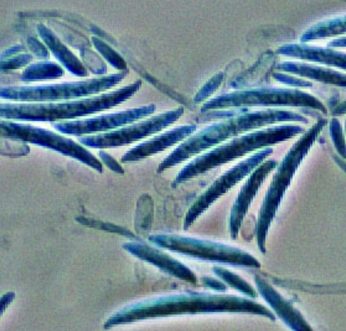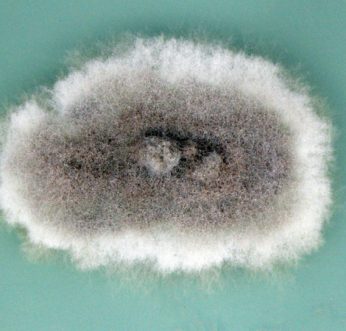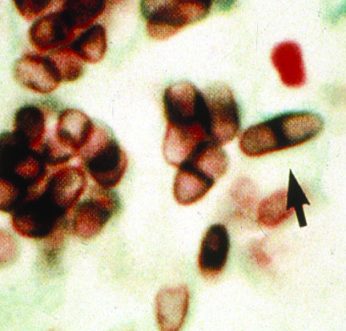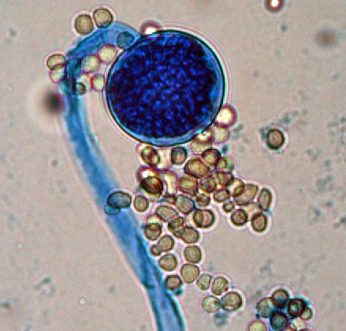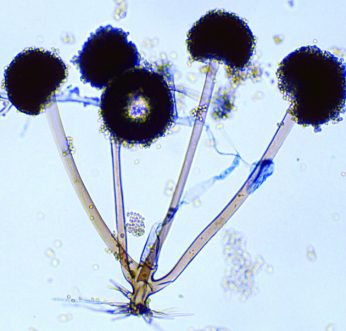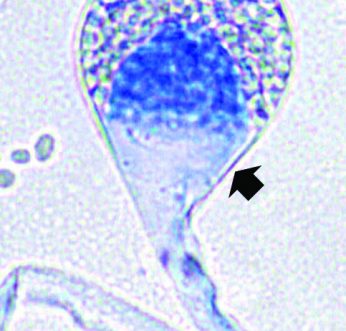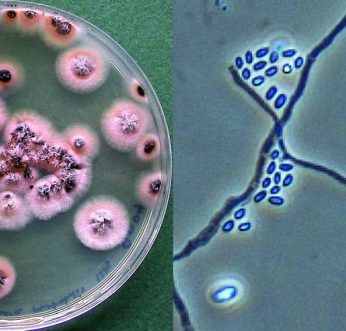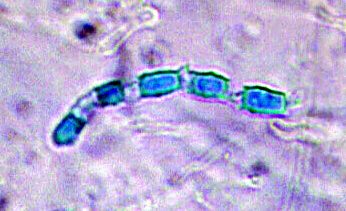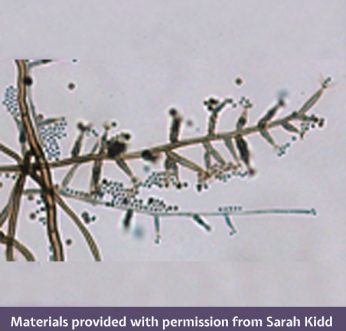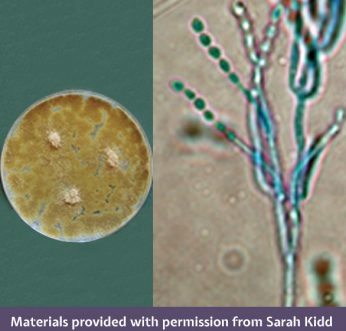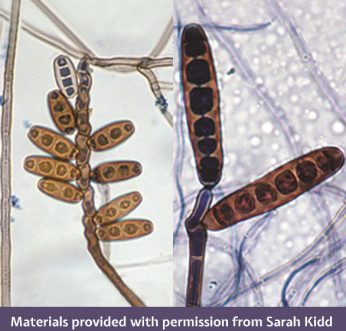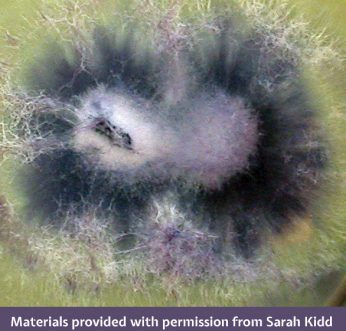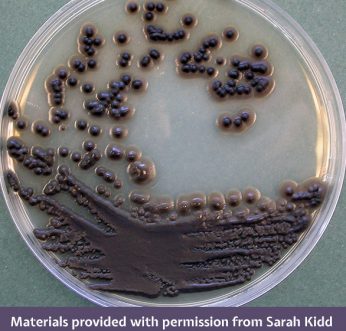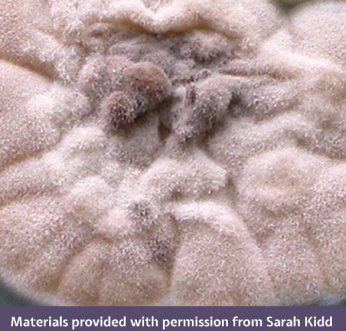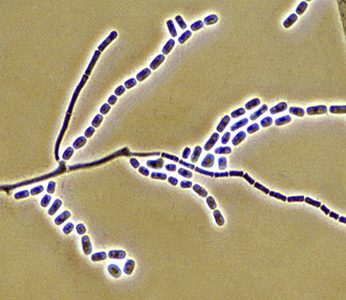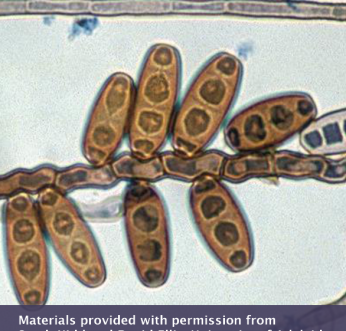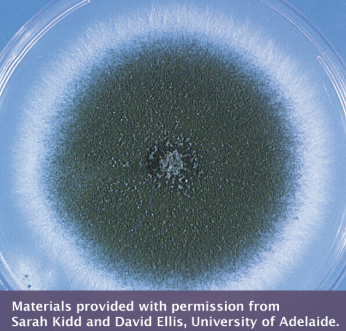HOME
RESOURCES
Publications
Conference Calendar
Past Quiz Results
ARTICLES 

Revisiting ISHAM Asia 2021
The first AFWG CaseClinic is now live!
First-ever Study of Mycology Lab Practices in Asia
New Diagnostic Mycology E-learning Course
Antifungal prophylaxis: Whom, what and when
Fereydounia khargensis: A New Opportunistic Yeast Reported from Malaysia
9 Years of MMTN: Improving Fungal Disease Management in Asia Pacific
Echinocandins: Clinicians' Guide
Five controversies in mycology
Fungemia blood culture media
Deep dermatophytosis
AFWG Education Module 4: Is Antifungal Susceptibility Testing Useful for Clinical Management?
AFWG Education Module 5: TDM of Antifungal Agents - Essential or Optional?
AFWG Education Module 6: Antifungal Stewardship
10 common mistakes in laboratory mycology
Itraconazole: A Quick Guide for Clinicians
Evolving Fungal Landscape in Asia
10 common mistakes in clinical mycology
Laboratory Diagnosis of Pythiosis
ICMR Issues C. auris Advisory
Strengths and Limitations of Imaging for Diagnosis of IFI
Candidemia: Lessons Learned from Asian Studies for Intervention
Spotting invasive pulmonary aspergillosis in COVID-19 patients
Pivotal Asian Invasive Mold Study
Impact of the COVID-19 pandemic on IFI epidemiology and trends
Mycetoma in Asia: Still veiled in mystery
Cryptococcosis
Identifying IFI risk factors in patients with COVID-19
ASID ANZMIG x AFWG: Fungal Frontiers in the Asia Pacific – Webinar 2
New Antifungal Agents
Gilead IFI Masterclass: Current updates on the management of IFIs in immunocompromised hosts
The AFWG Masterclass: Advanced fungal education at your fingertips
A challenging case: A crisis unfolds
The role of antifungal stewardship in improving IFI outcomes
Making Precise Diagnoses: Experience from the Laboratory Skills Enhancement Course
A challenging case: A 68-year-old man with nasal and palatal ulcers
AFWG Online Education Module 3: Optimizing Dosing in IFI Management
AFWG Online Education Module 2: Antifungal Prophylaxis in Solid Organ Transplantation
AFWG Education Module 1: The Value of Clinical Mycology Laboratories
How do I interpret Candida in the urine?
How do I interpret Candida in respiratory tract cultures?
Cryptococcosis in HIV and non-HIV infected patients
Human Pythiosis
AFWGOnline Privacy Policy has been Updated
Management of fungal infections in high-risk patients
Striving for Perfection: Experience from the Laboratory Foundation Training Course
Know your fungal landscape in Vietnam
Recent Advances of Fungal Diagnostics in Asian Laboratories
Deep Dermatophytosis: A Case Report
Management of cryptococcosis and talaromycosis
A challenging case: A 49-year-old woman with sarcoidosis
Emerging yeast infections in Asia
Outbreak of Superbug Candida auris: Asian Scenario and Interventions
Championing Medical Mycology: Thoughts on the AFWG Laboratory Skills Enhancement Course
Mucormycosis and Pythiosis – New Insights
AML and the high risk of multiple infectious complications
Do We Need Modification of Recent IDSA & ECIL Guidelines while Managing Patients in Asia?
A hospital’s experience with candidemia and empirical therapy
Top 5 most viewed AFWG videos on YouTube
Fungal Academy 2015
Fluconazole in 2015
Fungal isolation protocol
Influencing Aspergillus
Fungal Asthma
Aspergillus
Laboratory Diagnosis of IPA
Two-Hot-to-Handle
Voriconazole
Educational Organizations
Literature Updates



